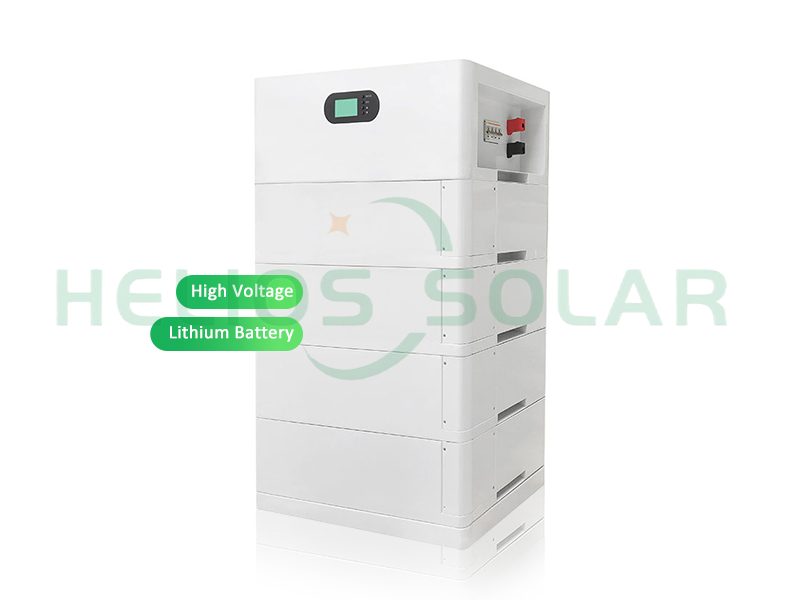Demand for efficient and reliable energy storage solutions has grown exponentially in recent years. Among the options, stacked lithium batteries have emerged as strong contenders, revolutionizing the way we store and utilize energy. In this blog, we’ll delve into the technology behind stacked lithium batteries and uncover the secrets behind their amazing energy storage capabilities.
Learn about stacked lithium batteries
Stacked lithium batteries, also known as lithium-ion polymer batteries, are a game-changer in the energy storage market. These cells consist of cells stacked in multiple layers or vertically and firmly bonded together. The battery architecture enables higher energy density and enhanced performance, making it ideal for applications ranging from electric vehicles to consumer electronics.
The chemistry behind the power
The core of stacked lithium batteries lies in lithium-ion technology. The technology facilitates the movement of ions between the positive (cathode) and negative (anode) electrodes, resulting in the flow of electrons and subsequent generation of electricity. A specific combination of materials in the electrodes, such as lithium cobaltate and graphite, enables the transport of ions while maintaining stability and efficiency.
Advantages of stacking lithium batteries
1. High Energy Density: Stacked lithium batteries have excellent energy density for longer run time and higher power output. This makes them ideal for portable devices and electric vehicles where long-lasting power is critical.
2. Lightweight and compact design: Compared with traditional batteries, stacked lithium batteries are lighter and more compact. Its flexible and customizable form factor can be easily integrated into a variety of devices, making it ideal for modern, sleek designs.
3. Fast charging capability: Stacked lithium batteries enable accelerated charging, minimizing downtime and maximizing productivity. This feature is especially beneficial in fast-paced environments where time-sensitive tasks are the norm.
4. Enhanced safety features: Stacked lithium batteries are designed with multiple safety mechanisms, including temperature monitoring, short circuit protection, and overcharge/over-discharge prevention. These features ensure user safety and protect the battery from potential damage.
Applications and future prospects
The versatility of stacked lithium batteries makes them widely used in various industries. Stacked lithium batteries have become the choice for cutting-edge technologies, from smartphones and laptops to electric vehicles and renewable energy storage systems. As the world shifts to renewable energy and sustainable practices, stacked lithium batteries will play a vital role in powering our future.
As far as future prospects are concerned, researchers and engineers are constantly exploring new materials and designs to improve the efficiency, lifetime, and sustainability of stacked lithium batteries. From solid-state electrolytes to silicon-graphene composites, developments in stacked lithium battery technology hold great promise for greater advances in energy storage.
In conclusion
Stacked lithium batteries have revolutionized the field of energy storage, offering high energy density, fast charging capabilities, and enhanced safety features. Their continued development and utilization in various industries are key to a sustainable and electrified future. As technology advances, stacked lithium batteries will undoubtedly play an important role in powering our world while reducing our dependence on fossil fuels.
If you are interested in stacked lithium batteries, welcome to contact lithium battery supplier Radiance to read more.
Post time: Aug-30-2023


